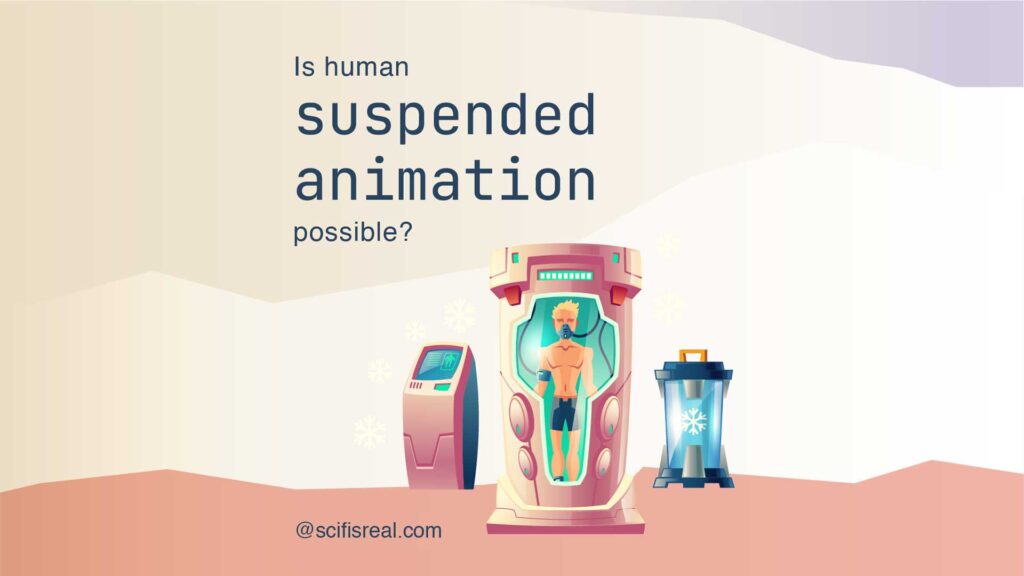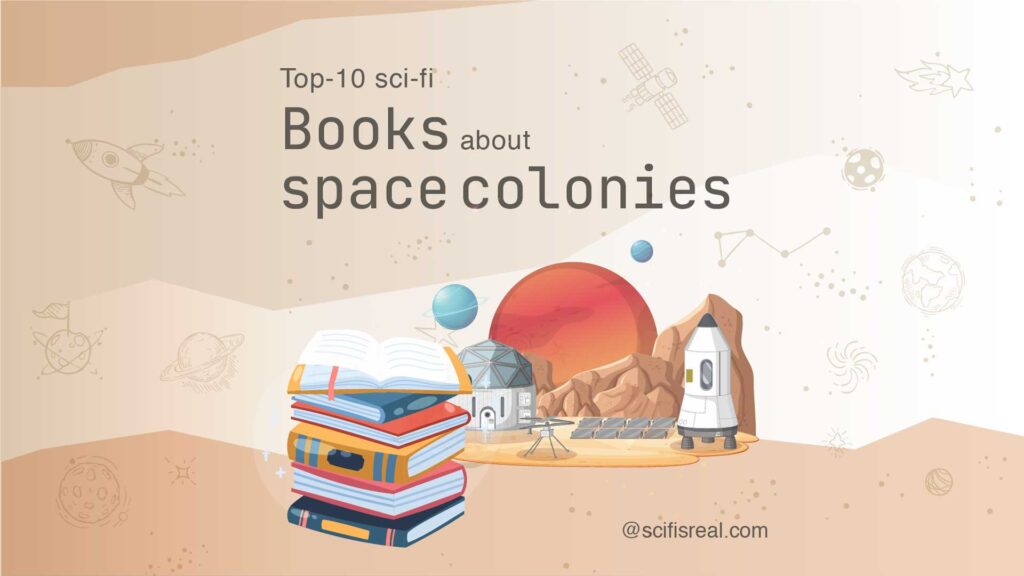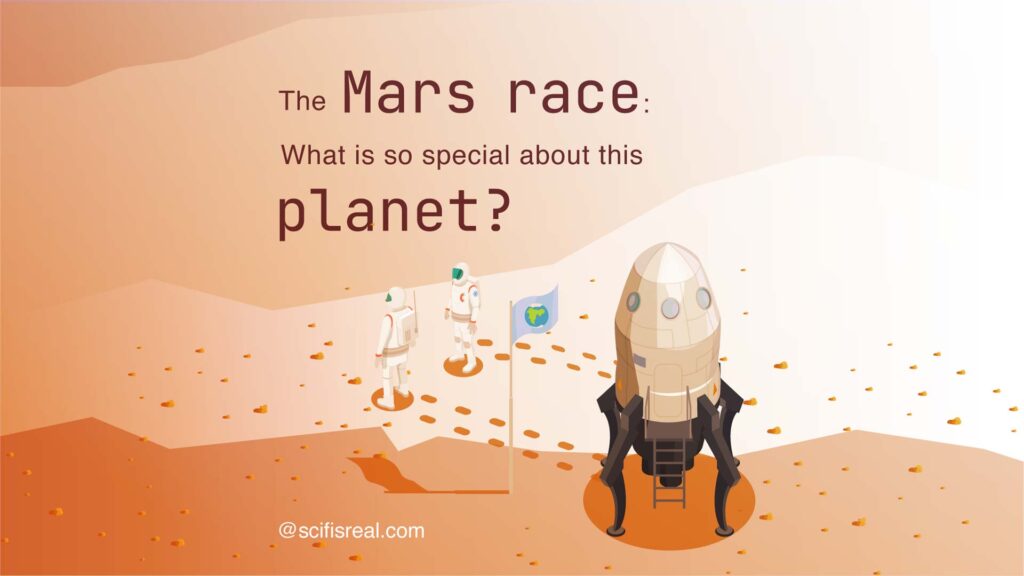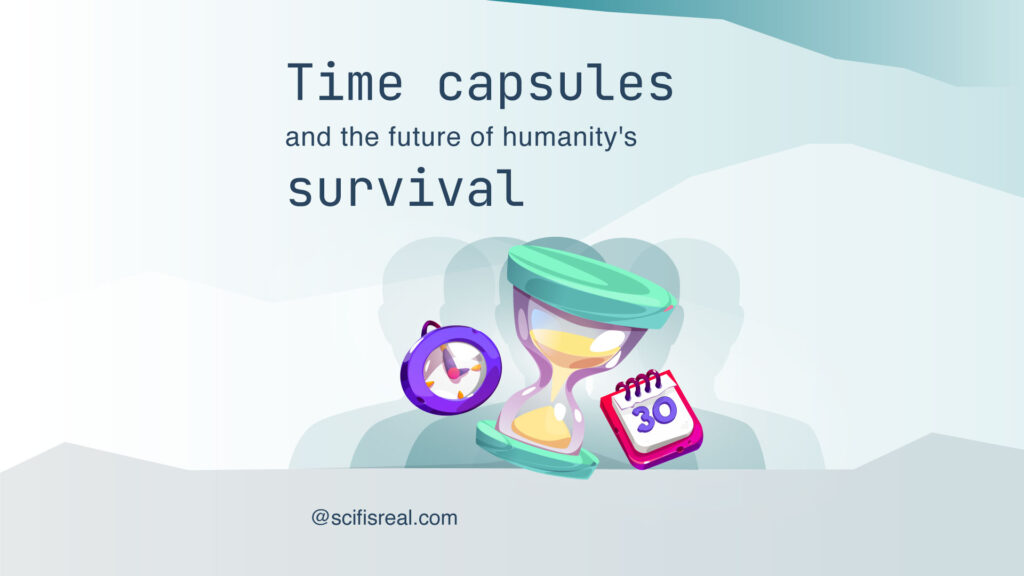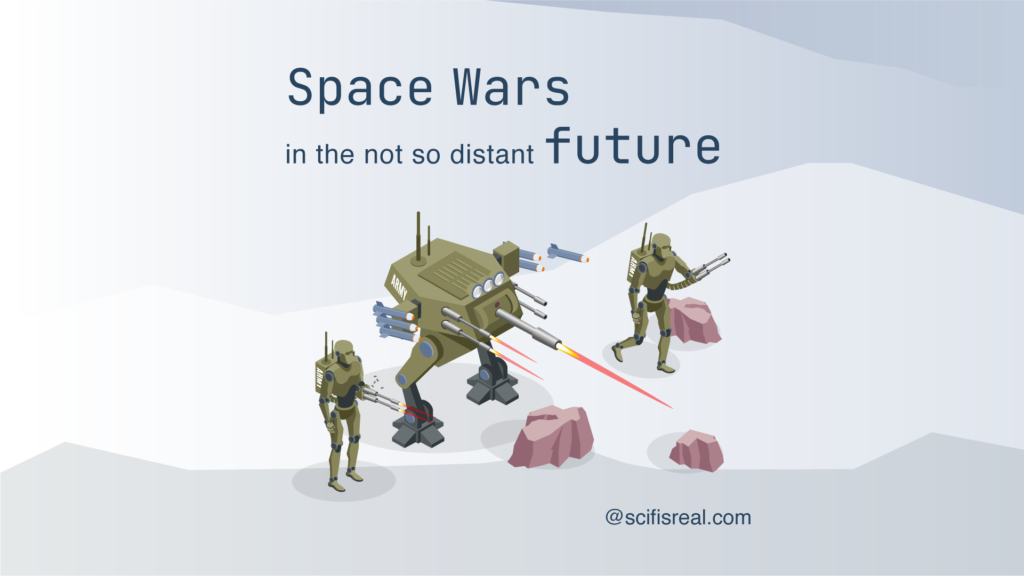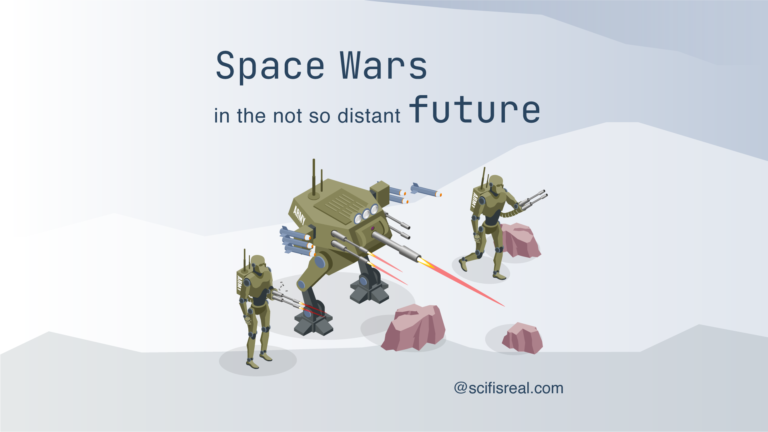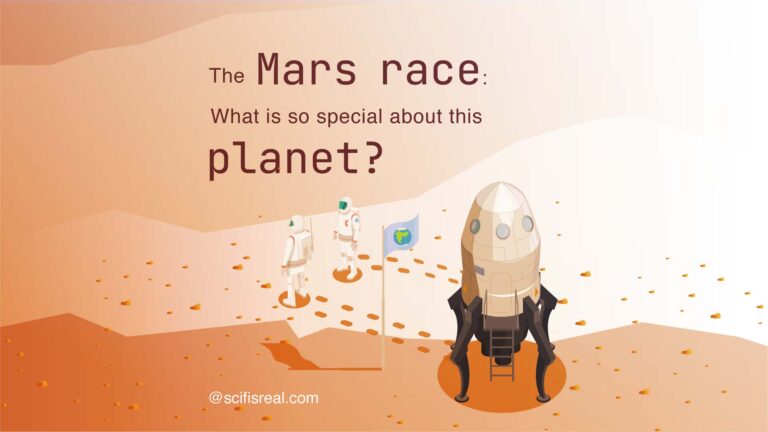Space colonies and human survival in space
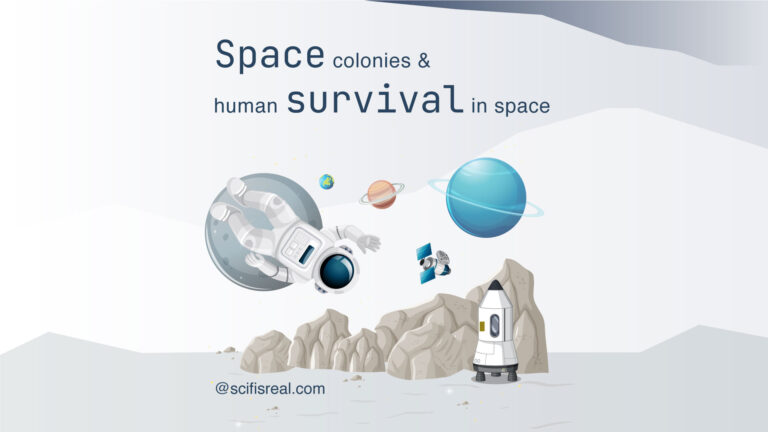
The exploration of space and the prospect of human survival beyond Earth in space colonies have captivated the collective imagination for decades in both science and science fiction. As technological advancements continue to push the boundaries of our reach, the concept of space colonies and human survival in space emerges as a potential avenue for securing the future of humanity. This exploration extends beyond the realm of mere scientific curiosity, delving into the realms of sustainability, resource utilization, and the adaptation of human life to the harsh environments of space. In this context, the development of space colonies represents a bold endeavor, raising profound questions about our species’ ability to thrive in the cosmos.
What happens to humans in space?
When humans are in space, they experience a variety of physiological and psychological effects due to the unique conditions of the space environment. It’s important to note that space agencies, such as NASA, continually conduct research to better understand these effects and develop countermeasures to mitigate potential health risks for long-duration space missions, such as those planned for Mars exploration. Here are some key aspects of what can affect human exposure to space:
Microgravity: One of the most significant changes is the absence of gravity or, more accurately, experiencing microgravity. In microgravity, the normal force of gravity is greatly reduced, leading to effects such as fluid shifts in the body. Fluids tend to shift towards the upper body, leading to a puffy face and increased intracranial pressure. This can also affect vision in some astronauts.
Bone and Muscle Changes: In microgravity, bones, and muscles are not subjected to the same level of stress as on Earth. This lack of loading can lead to bone density loss and muscle atrophy. Astronauts engage in regular exercise routines to counteract these effects, but some changes may still occur.
Cardiovascular Changes: The cardiovascular system can also be affected. The heart may become more spherical in shape, and there can be changes in blood volume and distribution. Astronauts often experience orthostatic intolerance upon returning to Earth, meaning they may feel lightheaded or faint when standing up.
Radiation Exposure: Space is filled with cosmic radiation, and astronauts are exposed to higher levels of radiation compared to what we experience on Earth. This exposure can pose long-term health risks, including an increased risk of cancer.
Psychological Effects: Living and working in the confined space of a spacecraft or space station, isolated from the familiar surroundings of Earth, can lead to psychological challenges. Astronauts may experience stress, mood changes, and feelings of isolation. Maintaining mental health is an important aspect of space missions.
Effects of Space Travel on the Immune System: Space travel can impact the immune system, making astronauts more susceptible to infections. Researchers are studying how the immune system responds to space conditions to develop strategies for maintaining astronauts’ health during long missions.
Effects of Re-entry: The return to Earth involves re-entry into the atmosphere, which exposes the spacecraft and its occupants to high temperatures and forces. This process can be physically demanding, and astronauts undergo extensive training to prepare for it.
How long can a human survive in space under controlled conditions?
As of yet, there hasn’t been a specific experiment or scenario designed to determine the absolute limit of how long a human can survive in space under controlled conditions. However, astronauts have spent extended periods on space stations, providing valuable data on the effects of long-duration spaceflight.
The longest consecutive time an astronaut has spent in space is about 437 days. This record is held by Russian cosmonaut Valeri Polyakov, who spent this duration aboard the Mir space station from January 1994 to March 1995. During his time in space, Polyakov conducted various experiments to study the effects of long-term spaceflight on the human body.
It’s important to note that the controlled conditions on space stations involve carefully monitored and managed environments. Astronauts receive regular medical check-ups, exercise to counteract the effects of microgravity on their muscles and bones, and have access to life support systems, including oxygen generation and recycling.
Future long-term space missions, such as those planned for Mars exploration, will likely involve even longer durations in space. Scientists and space agencies are working to better understand the physiological and psychological effects of extended space travel and to develop countermeasures to ensure the health and well-being of astronauts during these missions.
Is the lack of oxygen the only inhibitor for human survival in space?
The lack of oxygen is just one of many challenges that humans face in space, and it’s not the only inhibitor for human survival. The space environment presents a range of hazards, and ensuring the well-being of astronauts involves addressing multiple factors. Here are some key challenges beyond the lack of oxygen:
As mentioned earlier, the absence of gravity, or exposure to microgravity, can lead to various physiological changes, including bone density loss, muscle atrophy, and fluid shifts in the body. These effects can impact an astronaut’s health and ability to perform tasks.
Moreover, space is filled with cosmic radiation, which includes high-energy particles that can penetrate spacecraft and the human body. Prolonged exposure to radiation poses a risk of DNA damage, increasing the likelihood of cancer and other health issues.
Space also experiences extreme temperature variations, from intense heat when exposed to the Sun to extreme cold in the absence of sunlight. Spacesuits and spacecraft are designed to protect astronauts from these temperature extremes.
The vacuum of space itself is a challenge. Exposure to the vacuum can lead to the expansion of bodily fluids, potentially causing harm. Spacesuits provide the necessary life support systems to maintain a stable environment for astronauts.
Being in the confined space of a spacecraft or space station, isolated from the natural environment of Earth, can lead to psychological stress and challenges. Maintaining mental health is crucial for long-duration space missions.
Space missions involve careful management of resources such as food, water, and oxygen as those resources will be limited. Systems must be in place to recycle and regenerate these resources to sustain astronauts during extended missions.
Returning to Earth involves the challenges of re-entry into the atmosphere. Spacecraft experience high temperatures and forces during re-entry, and the design must ensure the safety of the crew during this critical phase.
Another dangerous and potentially fatal challenge humans in space can face is microbial contamination. The closed environment of a spacecraft can be prone to microbial contamination. Strict protocols are in place to minimize the risk of introducing harmful microorganisms and to maintain a healthy environment for astronauts.
Addressing these challenges requires careful planning, advanced technology, and ongoing research. Space agencies and researchers continuously work to develop and improve systems, equipment, and protocols to ensure the safety and well-being of astronauts during space missions.
Are space colonies a possible future for humankind survival?
Space colonies have been a topic of speculation and discussion for decades, and while building self-sustaining colonies in space presents numerous technical, logistical, and economic challenges, some believe they could play a role in the future of human survival and expansion beyond Earth. Here are some considerations:
Planetary Colonies: Establishing colonies on other planets, such as Mars, is a current focus of space exploration efforts. The idea is to create self-sustaining habitats where humans can live and work for extended periods. SpaceX and NASA, among other space agencies and private companies, are actively working on plans for human missions to Mars.
Space Stations and O’Neill Cylinders: Designing large space stations or structures like O’Neill cylinders (rotating space habitats) is another concept. These structures could potentially provide living space, gravity through centrifugal force, and controlled environments for agriculture and other essential activities.
Resource Utilization: For long-term sustainability, space colonies would need to utilize local resources, such as mining asteroids for minerals, extracting water from celestial bodies, and generating energy from space-based sources like solar power.
Closed Ecological Systems: Developing closed ecological systems where waste is recycled, and life support functions are sustainable is crucial. This involves creating a balance that mimics Earth’s ecosystems to support human life.
Technological Advancements: Advances in propulsion systems, life support technologies, and resource utilization will be essential for making space colonies a reality. Breakthroughs in these areas could significantly reduce the cost and increase the feasibility of long-term space habitation.
Economic Viability: The economic aspects of space colonization are significant. The cost of transporting materials and people to space remains a major hurdle. Sustainable economic models, such as space-based industries and tourism, could contribute to the viability of space colonization.
International Collaboration: The scale and complexity of space colonization projects may require international collaboration. Efforts like the International Space Station (ISS) demonstrate the potential for cooperative ventures in space exploration and habitation.
While the idea of space colonies captures the imagination and is the subject of ongoing research and exploration, it’s important to recognize the significant technical and economic challenges involved. The focus of current space endeavors, such as missions to the Moon and Mars, is laying the groundwork for potential future colonization efforts. The timeline for realizing self-sustaining space colonies remains uncertain and will likely depend on the progress of technology, international collaboration, and the willingness of societies to invest in such endeavors.
Are there already preparations being made for space colonization?
Yes, preparations for space colonization, or at least for long-term human habitation in space, are actively underway. Several space agencies, private companies, and international collaborations are involved in efforts to explore and develop the necessary technologies for sustainable space habitats. Here are some key initiatives and preparations:
International Space Station (ISS): While the ISS itself is not a space colony, it serves as a valuable platform for studying the long-term effects of microgravity on the human body and testing life support systems. The ISS has been continuously inhabited since the arrival of Expedition 1 in November 2000.
Artemis Program (NASA): NASA’s Artemis program aims to return humans to the Moon by the mid-2020s and establish a sustainable human presence there by the end of the decade. The Moon is seen as a stepping stone for future Mars missions and a testing ground for technologies required for long-duration space missions.
Mars Exploration (Various Agencies and Companies): Several space agencies and private companies, including NASA, SpaceX, and others, are actively working on plans for human missions to Mars. These missions involve studying the challenges of long-term space habitation, including life support, resource utilization, and psychological factors.
SpaceX Starship: SpaceX, led by Elon Musk, is developing the Starship spacecraft with the goal of enabling interplanetary travel, including potential missions to Mars. The Starship is designed to be a fully reusable spacecraft capable of carrying large numbers of passengers and cargo.
Lunar Gateway (International Collaboration): The Lunar Gateway is a proposed space station that would orbit the Moon and serve as a staging point for crewed missions to the lunar surface. It is part of international efforts to establish a sustainable human presence beyond Earth.
Private Space Stations: There are plans by private companies, such as Axiom Space, to develop commercial space stations. These stations could serve various purposes, including research, manufacturing, and potentially tourism, contributing to the development of space habitats.
Space Tourism: While not directly related to colonization, the emerging space tourism industry could pave the way for more routine human access to space. Companies like Blue Origin and Virgin Galactic are working on suborbital space tourism flights.
These initiatives represent steps toward the broader goal of space colonization or, at the very least, sustained human presence beyond Earth. However, it’s important to note that building self-sustaining colonies in space remains a complex and long-term endeavor that will require continued advancements in technology, international collaboration, and significant investments. The timeline for achieving these goals is subject to various factors and uncertainties.
The journey towards space colonization is a testament to humanity’s unwavering curiosity and determination. While challenges persist, the collective efforts of space agencies, private enterprises, and international collaborations signal a promising trajectory toward establishing sustainable habitats beyond Earth. Space colonies offer not only a potential solution for human survival but also a platform for scientific discovery and the expansion of our understanding of the universe. As we navigate the complexities of space exploration, the dream of colonies in the cosmos beckons, inviting us to envision a future where humanity’s presence extends far beyond the confines of our home planet.
